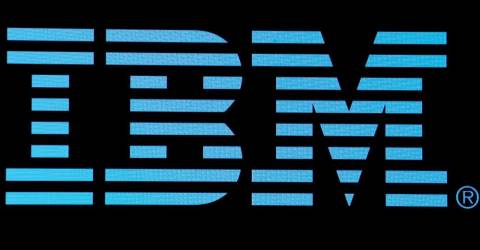NEW YORK: IBM Corp beat Wall Street expectations for first-quarter profit on Wednesday (April 19) and signalled demand for IT services was better than feared, sending shares up 3.5% after the bell.
Total revenue in the first quarter rose 4.4% at constant currency to US$14.25 billion (RM63.22 billion), compared with analysts’ estimate of US$14.35 billion.
Excluding items, it reported earnings of US$1.36 per share, beating estimates of US$1.26.
The company’s software and consulting businesses rose 6% and 8.2%, respectively, at constant currency in the first quarter, in line with IBM’s targets. Big Blue also reiterated its full-year free cash flow forecast of US$10.5 billion.
“Investors blew a sigh of relief that IBM’s quarterly update was better than feared,” said Jesse Cohen, senior analyst at Investing.com.
The IT industry is facing a slowdown after a post-pandemic surge in demand for services such as consulting, as high inflation and interest rates have forced customers to put the brakes on spending. Growth at IBM’s consulting and software business has also slowed down from the mid-to-high teens it saw last year.
IBM CEO Arvind Krishna said clients were prioritising digital transformation projects that focus on “cost takeout, productivity and quick returns”, mirroring comments by Accenture executives last month.
As a result, IBM cut its full-year consulting revenue growth forecast to 6%-8% from earlier expectations of high single-digit percentage growth.
It forecast annual revenue growth between 3% and 5% at constant currency, having said in January it expected revenue to rise at the lower-end of its mid-single-digit target. Analysts on average expect a 3.6% growth, according to Refinitiv data.
Analysts, however, believe IBM is better equipped to weather cuts in corporate IT spending.
IBM also has less exposure to US regional banks and is largely shielded from the banking crisis in the country, with chief financial officer James Kavanaugh noting regional banks make up less than 1% of the company’s revenue in the United States. – Reuters
